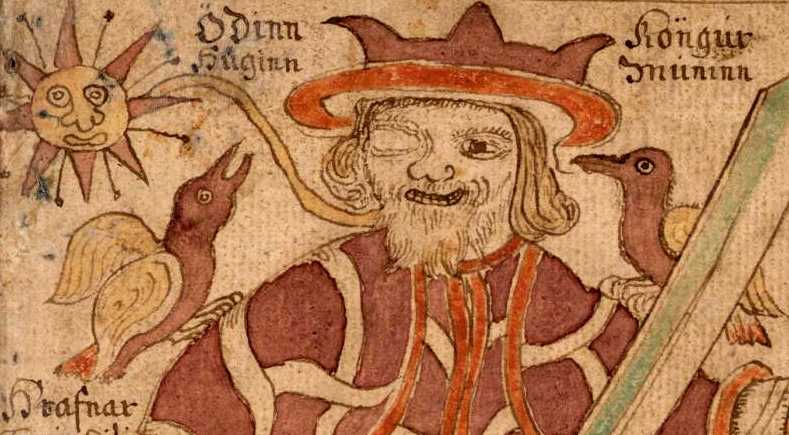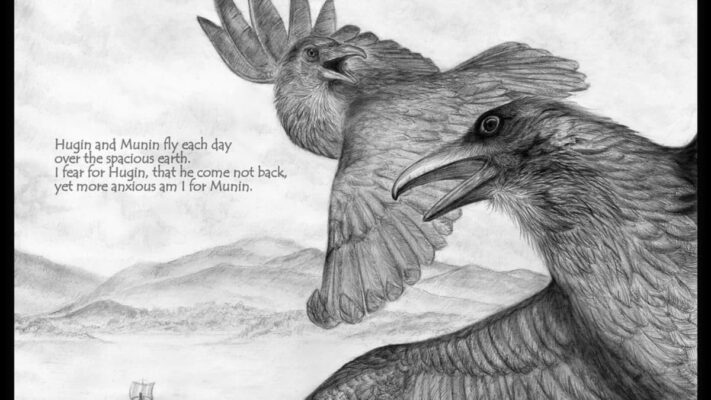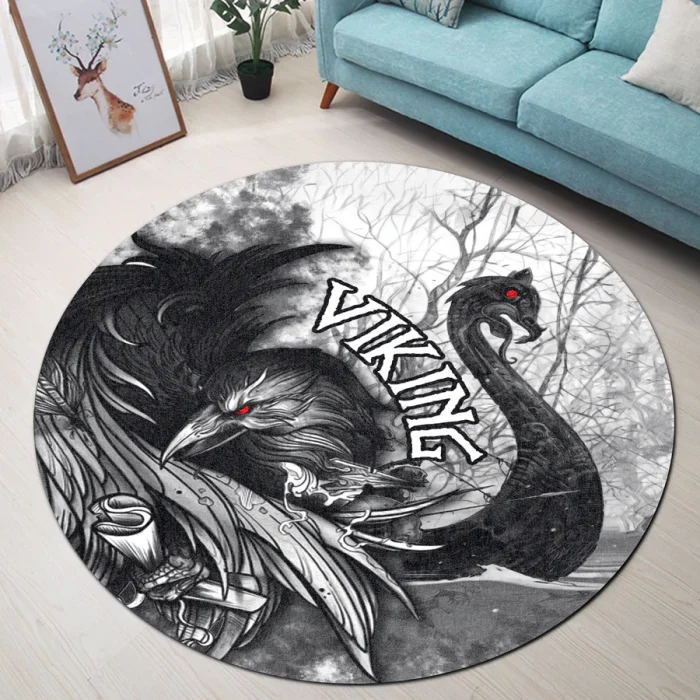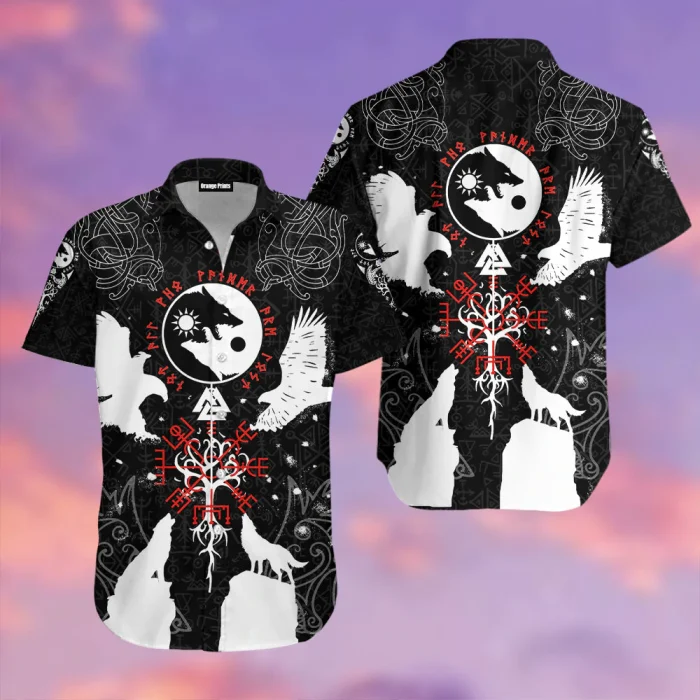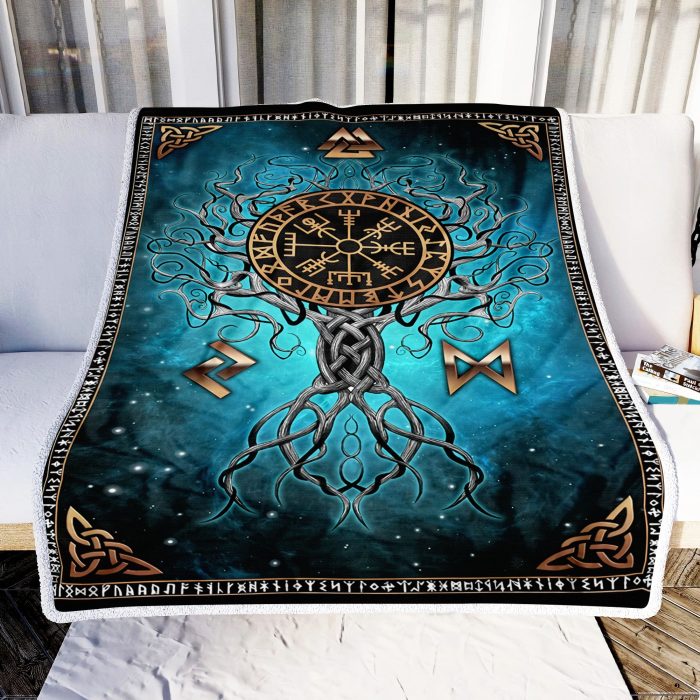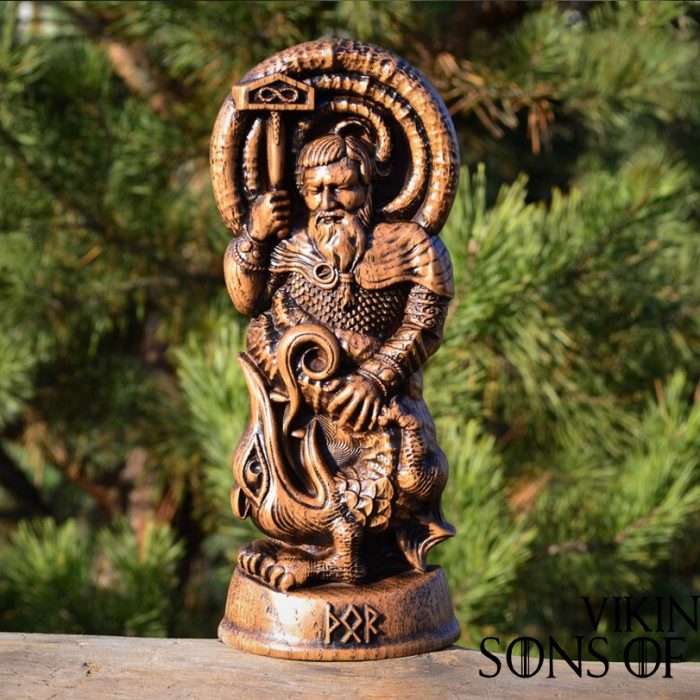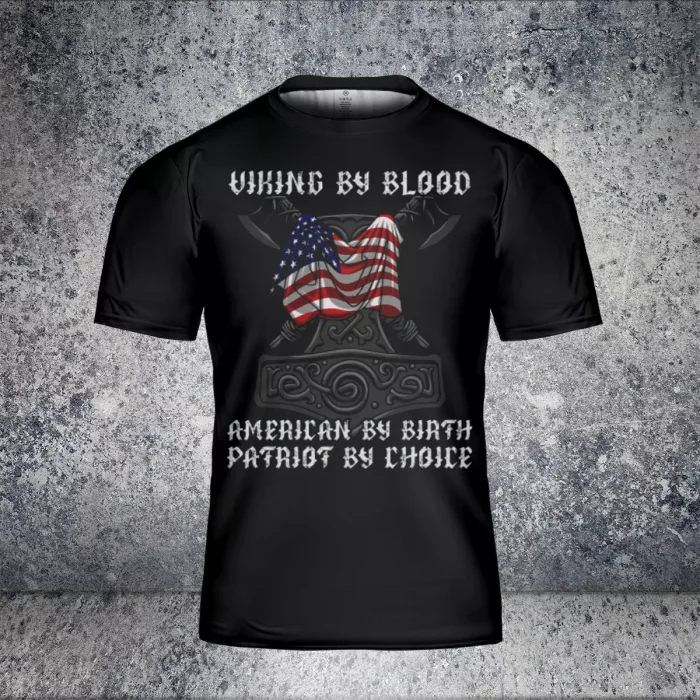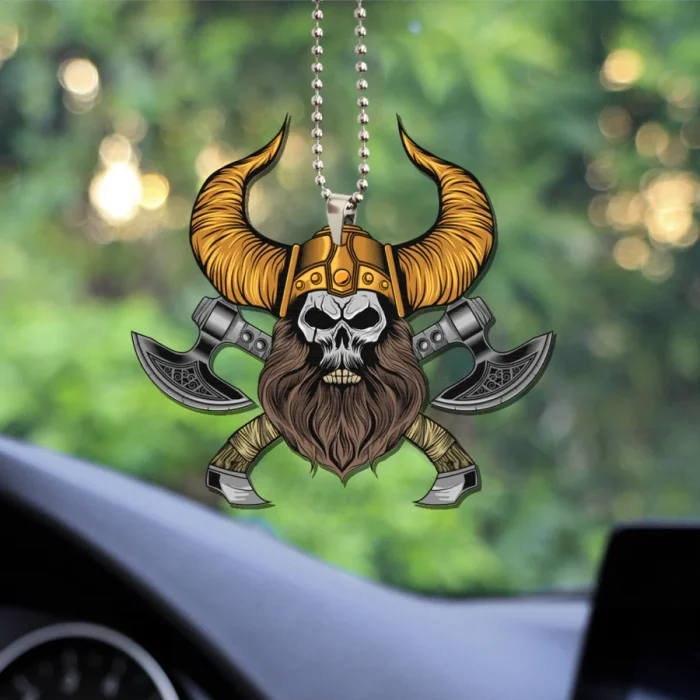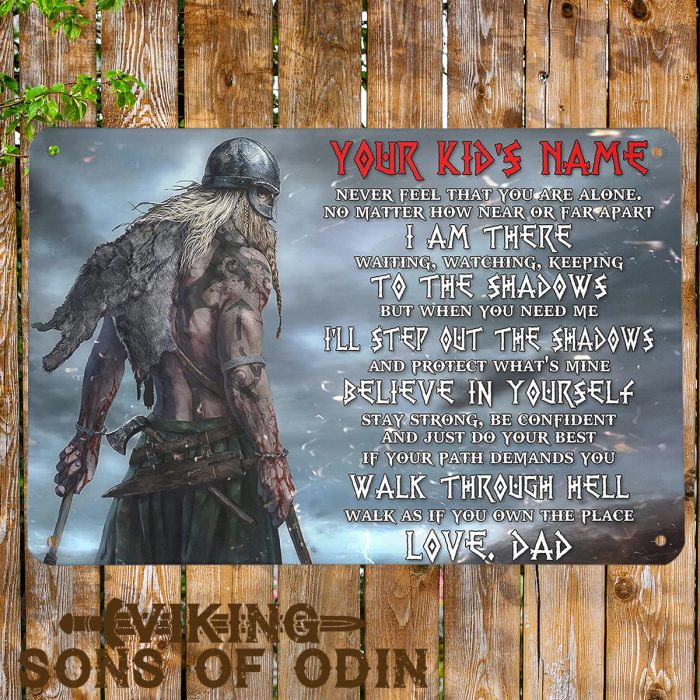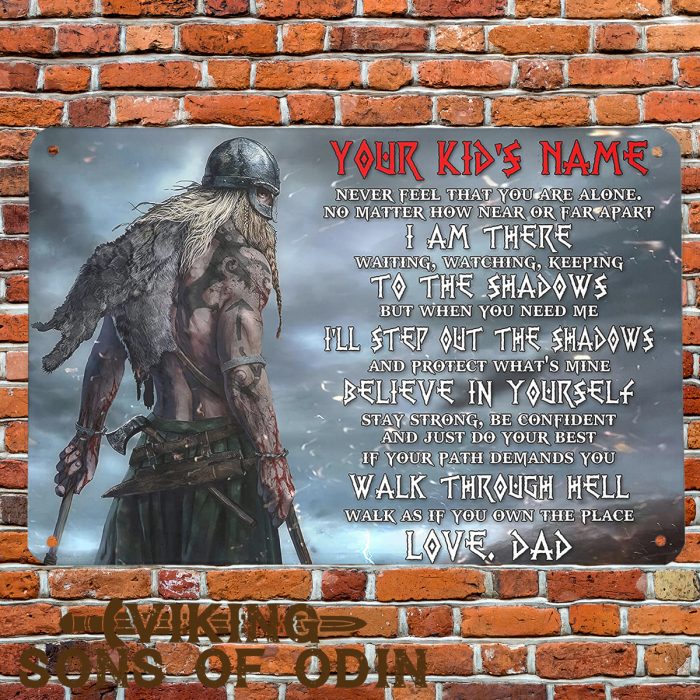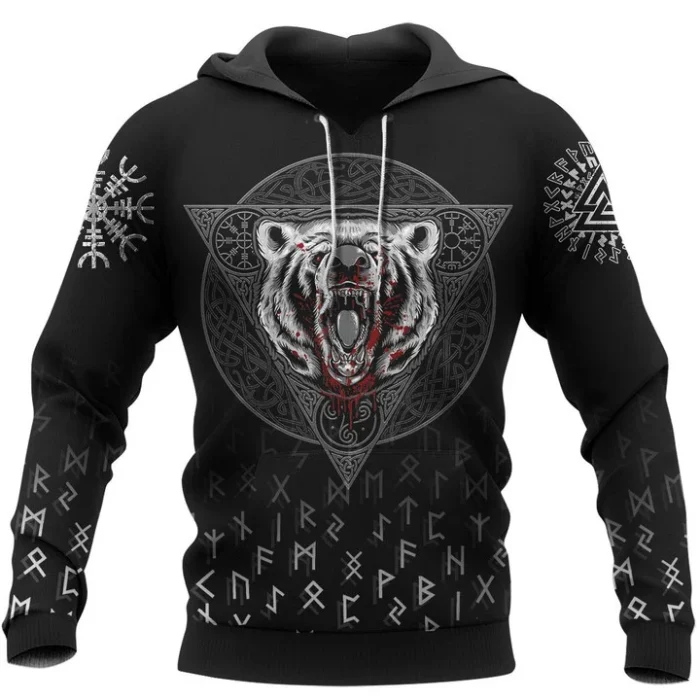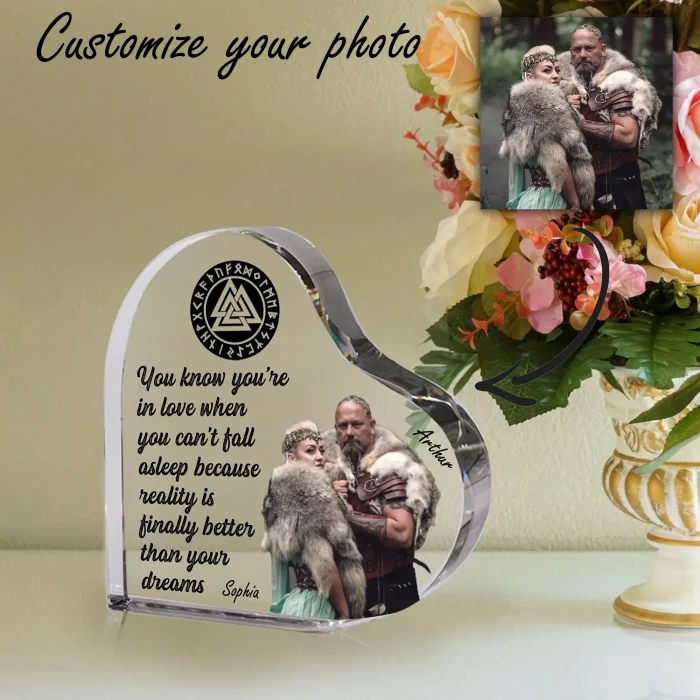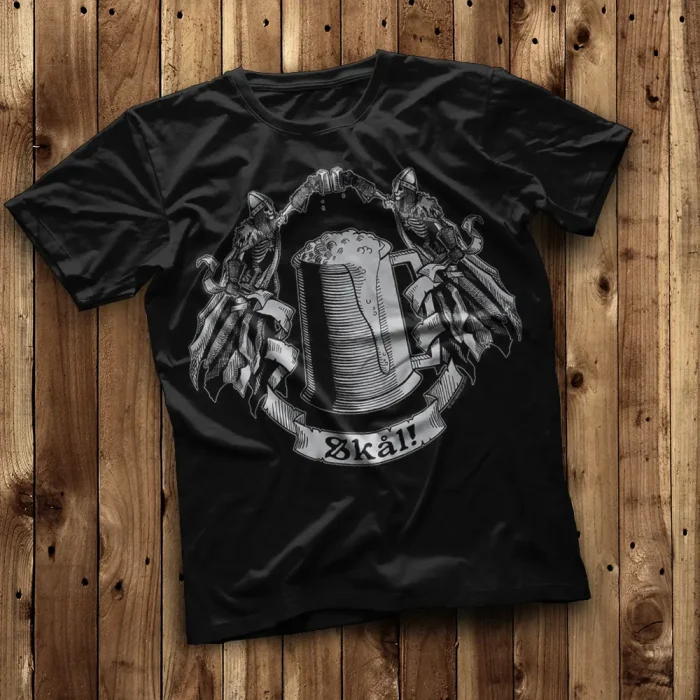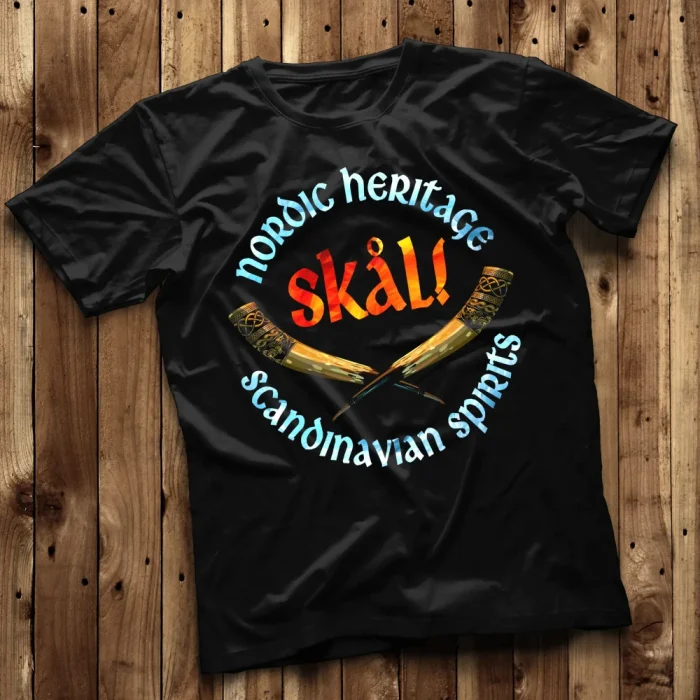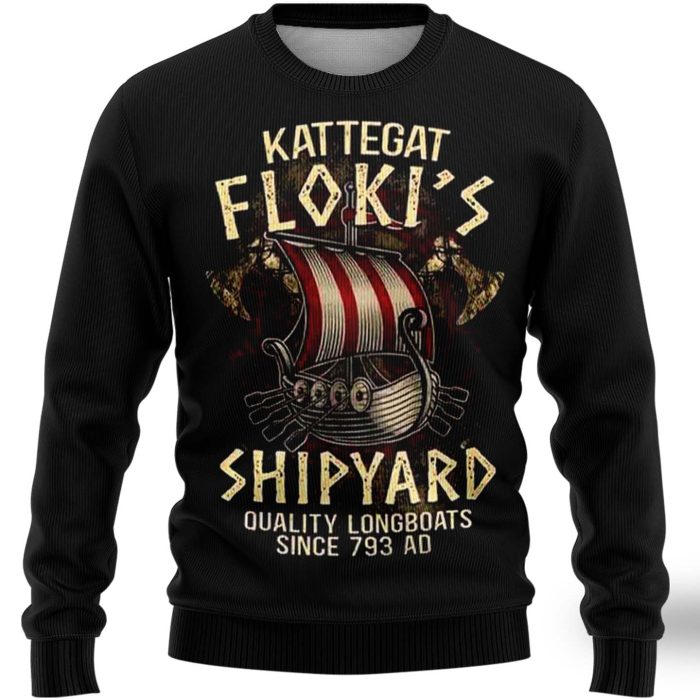Viking
Odin’s Ravens – Huginn And Muninn
People interested in Norse mythology are already aware of the vast majority of exciting beings, giants, Gods and creatures, and everything else surrounding the Norse Cosmos. For those of you not familiar with the beings involved in the Norse Universe, it’s worth mentioning that every one of them has their story to tell.
All Norse mythology creatures and beings were depicted very precisely. Their roles and involvements were explained in detail. Regardless of how significant their roles were, they all had to play their parts.
Now, let’s focus more on the All-Father Odin. As we know (or don’t know), he was the Ruler of the Gods. He’s known as the wisest and smartest warrior and leader among them all. He ruled over the nine realms in the Norse mythology Universe. Additionally, he was the appointed leader of the tribe of Gods called Aesir (old Norse Æsir) in Asgard (old Norse Ásgarðr). Asgard was one of the nine realms in which the Gods lived.
Odin, the All-Father, as much as he was wise and cunning, always had external help from his loyal minions. A good example is Valkyries. Whenever the men of Midgard fought, Odin would send his loyal Valkyries to choose the best warriors that fell in the battle so they could join Odin and other Gods in the great halls of Valhalla.
Like any other great ruler, Odin got a lot of use from the help his minions and loyal followers provided. Two ravens had a vital role to play in Odin’s rule. Their names were Huginn and Muninn.
THE STORY ABOUT ODIN’S RAVENS – HUGINN AND MUNINN
Odin’s Ravens – Huginn and Muninn
Check out our Odin Raven themed Viking
Let’s begin with an explanation of what their names mean. Hugin (Old Norse Huginn) is translated as “thoughts,” while Munin (Old Norse Muninn) roughly translates as “memory” or “mind.” The ravens flew daily over Midgard (old Norse Miðgarðr), collecting crucial information and bringing it back to Odin.
It has been told that Odin was also called raven-God (old Norse Hrafnaguð), among many other names. Odin gave his ravens the ability to speak so they could provide him with the information he sought.
Every morning, the ravens would fly to Midgard and search for any piece of information that may be useful to Odin. They looked and listened throughout the realm of men for the most exciting things to bring back to the All-Father.
The two ravens were often seen perching on Odin’s shoulders while they told him about the things they learned in Midgard.
THERE ARE MANY THEORIES ABOUT HUGINN AND MUNINN
The old Saxon adaptation of the New Testament dating back from the 9th century known as “The Heliand” is somewhat different from the New Testament regarding the reference of a dove sitting on Christ’s shoulder. G. Ronald Murphy stated that the placement of the mighty white dove doesn’t depict the dove being above Christ but, on his shoulder, right there with him.
That way, the author of Heliand portrays Christ as a new Woden, not just the All-Ruler’s son. The picture of Christ with this incredible bird on his shoulder was supposed to bring calm and fearlessness for everyone who mourned the loss of Woden and those who wish to go back to the old religious ways and symbols. However, the author was possibly embarrassed since the bird was not an intimidating and warlike kind.
Many scholars believe that there’s a correlation between Odin’s relation to Huginn and Muninn with shamanic practices. John Lindow relates to Odin’s capability of sending “thoughts” and “memories” in the state of trance to the shaman’s journey.
However, Rudolf Simek was very critical of this approach. He said that there were attempts that tried to connect Huginn and Muninn to God’s powers. Simek believes that Odin’s ravens had a much broader symbolism throughout the Germanic world, including the raven banner. The banner was woven in a way that, when it’s fluttering in the wind, it appeared as if the ravens in the flag were beating their wings.
Another essential theory, in which Anthony Winterbourne connected Odin’s ravens to fylgja. Fylgja is the concept based on three characteristics like a guardian spirit, good fortune, and shape-shifting abilities. While hamingja is somewhat like the ghostly double of a person, hamingja can appear in the form of any animal.
Anthony Winterbourne explained that the journey of a shaman through various parts of the cosmos is often symbolized by the soul shape-shifting concept of hamingja. Moreover, this concept has another dimension of symbolism for the Norse soul when it comes to Odin’s ravens.
ODIN’S RAVENS IN POETIC EDDA AND PROSE EDDA
In the poem Grímnismál from Poetic Edda, Grimnir was none other than the Odin himself in disguise. Disguised so no one could recognize him, Odin shared information about his companions with Agnarr. The young prince learned about Geri and Freki, Odin’s wolves. However, in the poem’s next stanza, it’s explained that Huginn and Muninn would fly every day throughout the world. Grimnir spoke of his worries about Huginn’s return, but he was even more afraid about Muninn.
In chapter 38 of the Gylfaginning book (Prose Edda), Gangleri was king Gylfi, who disguised himself. The High figure told Gangleri that Odin’s ravens always sit on his shoulders. He explained how two ravens provide Odin with lots of information. He said that Odin sends Huginn and Muninn at the break of the dawn to Midgard so they could look and listen over the realm of men and gather all sorts of information before bringing it to All-Father Odin before dinner-time. All this allowed Odin to stay well-informed at all times about various events.
An anonymous verse from the Third Grammatical Treatise mentioned how the ravens fly from All-Father Odin’s shoulders. The poem also explained that Huginn was searching for hanged men, while Muninn looked for slain bodies.
ARCHAEOLOGICAL FINDINGS CONNECTING THE TWO RAVENS
In the 5th and 6th century CE, during the Migration Period, archaeological findings like gold bracteates of various types featured a human-like figure over a horse with a spear, and were surrounded by two birds. The birds’ presence led iconographers to conclude that the human figure is All-Father Odin, while the birds were undoubtedly Huginn and Muninn.
Moreover, Rudolf Simek (Austrian Germanist) said that these golden discs showed how Odin was healing the horse along with his ravens. The depiction indicated that Odin’s ravens weren’t just his battle companions but also his veterinary assistants.
The Vendel era (from 6th and 7th century CE) provided archaeologists with helmet plates found in the grave in Sweden. These plates showed a figure riding a horse and holding a spear and accompanied by two birds as well. The interpretation of the helmet was also explained as Odin with Huginn and Muninn by his side.
The Germanic Iron Age provided us with brooches in a bird-shaped form found in Bejsebakke, North Denmark. It’s believed that the birds in these brooches were Huginn and Muninn. The birds’ legs and feathers were shaped like animal heads, forming a mask on the birds’ backs. Additionally, the birds had fan-shaped tails and incredibly powerful beaks, which led archaeologists to believe that they were ravens.
The Germanic Age fashion dictated that the brooches should be worn on both shoulders. The famous archaeologist, Peter Vang Petersen, said that the pins and their symbolism might be open for debate, but there’s no doubt that the birds in the brooches were ravens. He also noted that if you pay attention to these ornaments, their depictions, and how they were supposed to be worn, you’d realize the symbolism points to Odin and his two ravens.
The burial site of the Oseberg ship from the Viking Age found in Norway provided archaeologists with Oseberg tapestry fragments. These fragments depict a scene with two dark birds hovering over a horse. After a careful examination of the tapestry fragments, Scholar Anne Stine Ingstad interpreted these two birds as Huginn and Muninn hovering over a cart that contained an image of All-Father Odin.
THE POPULARITY OF THE TWO RAVENS TODAY
Odin’s ravens, like many other things coming from Norse mythology, are incredibly popular even today. People can find numerous Viking items involving various creatures and characters like Huginn and Muninn to wear like necklaces, wrist-rings, bracelets, golden rings, pins, clothes, and many others.
Norse Universe had a strong influence over us because of its sheer variety of deities and creatures involved. Additionally, the stories coming from the Vikings’ Era are the ones that people around the world cherish and want to learn more about.
FINAL THOUGHTS
Although Odin was an all-powerful ruler of Asgard and the nine realms, he needed help from various creatures to successfully hold his position. As we can see, Odin was intuitive, cunning, and incredibly wise. He knew he couldn’t rule such a vast kingdom alone, so he got help from ravens Huginn and Muninn, wolves Geri and Freki, and others.
What are your thoughts on Huginn and Muninn? Why do you think All-Father Odin couldn’t obtain the information he needed by himself, so he got the ravens to do it for him? What do you think about the interpretation of the various archaeological findings and their symbolism? Please share your thoughts with our community in the comment box below or on our Social Media. Let us know what you think about Odin’s ravens and their role in Norse mythology.
Skål!
Source: Wikipedia

